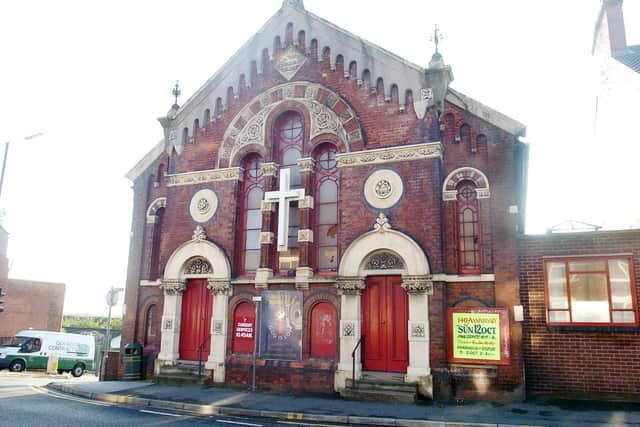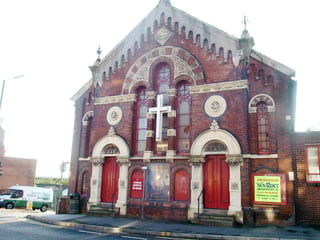Historic landmark building in Doncaster could now be converted to social housing
and live on Freeview channel 276
Plans to demolish Balby Methodist Church and build new housing on the site, on Balby Road, had to be abandoned in the summer after Historic England gave the building listed building status, after Doncaster Council had previously given permission for it to be knocked down.
Now the developer behind the scheme, Surjit Duhre, is looking at converting the imposing Victorian structure into affordable housing, with flats within the existing building.


Advertisement
Hide AdAdvertisement
Hide AdHe said plans to convert the building were currently with his architects and details had yet to be finalised.
A sticking point may be around the number of parking places that would be required for the property, he added.
He said: “We are looking at social housing for the building at present. We are waiting to hear from the council.
"It is a beautiful building with a lot of history.”
He said he had still not ruled out selling the building, having suggested it would make a good site for a museum, because he believes the site is connected to historic links between Doncaster and Scotland, dating back to the 12th century.
Advertisement
Hide AdAdvertisement
Hide AdThe 157-year-old church was given grade two listed status by Historic England in June, following an application from The Victorian Society.
A spokesman for the society said at the time: “We are pleased to say that our listing application for this threatened Doncaster chapel has succeeded - it is now grade two-listed!”
Granting listed status, Historic England stated ‘the prominent location and exuberant appearance of the chapel demonstrates a pride and self-belief on the part of the aspirational, working-class congregation at a time when urban Doncaster was booming, driven primarily by the growth of engineering, particularly for the railways.’
Doncaster Council had previously approved demolition. Its conservation officer had said the history of the site and building had some external features but internally little of interest remained, and said there was not likely to be interest in listing the building.
Advertisement
Hide AdAdvertisement
Hide AdA planning application for the developer, who wants to build housing on the site, warned that with no current interest in the building itself, it could stand empty for years and fall into further disrepair.
